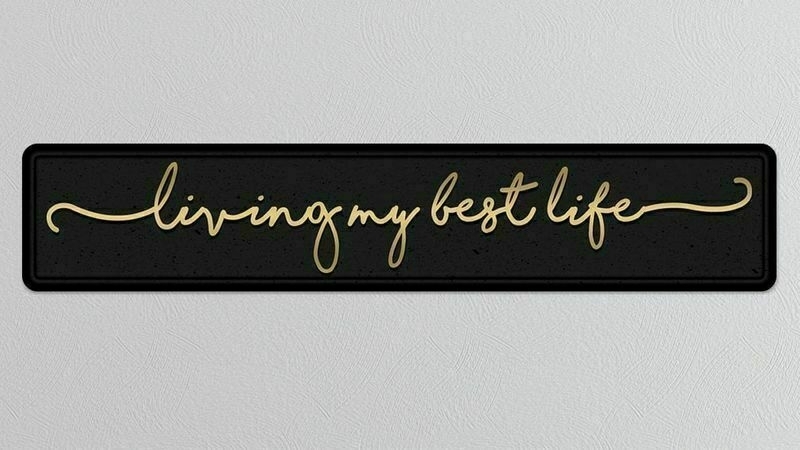The Un-Grammable Hang Zone
Instagram has never been a place I’ve ever wanted to spend any time or attention. But its impact on physical spaces is undeniable.
This post (newsletter issue?) by Drew Austin cites a couple of other authors who perfectly skewer the Instagram aesthetic as being a grammar that quickly conveys that somebody… did a thing.
The Blackbird Spyplane newsletter recently made a valuable contribution to the pantheon of essays about how the internet has transformed the physical world: a hopeful manifesto in praise of the “Un-Grammable Hang Zone,” the definition of which will be obvious if you’ve spent enough time in the Instagram-optimized settings that have proliferated in cities during the past decade—places that BBSP describes as a “high-efficiency, low-humanity kind of eatery where you point yr phone at a QR code and do contactless payment before eating a room-temp grain bowl under a pink neon sign that says ‘Living My Best Life’ in cursive.”Source: #178: I Can See It (But I Can’t Feel It) | Kneeling Bus[…]
Affirming the interchangeability of “millennial” and “Instragrammable” as descriptors, Fischer pinpoints the force that really drives them: Instagrammable “does not mean ‘beautiful’ or even quite ‘photogenic’; it means something more like ‘readable.’ The viewer could scroll past an image and still grasp its meaning, e.g., ‘I saw fireworks,’ ‘I am on vacation,’ or ‘I have friends.’” If Instagram as a medium demands readability, in other words, it puts pressure on the physical environment to simplify itself accordingly, at least in the long run.
